Samsung Galaxy S 5 Review
by Anand Lal Shimpi & Joshua Ho on April 8, 2014 12:00 AM EST- Posted in
- Smartphones
- Samsung
- Mobile
- Galaxy S 5
The Galaxy S5 is another phone to join the list of phones that ship with a fingerprint scanner for unlocking the device. While the Motorola Atrix 4G was the first to have a fingerprint scanner, it was mostly forgotten as a feature until Apple reintroduced it to the market in the form of TouchID. HTC also released the One max with a fingerprint scanner, which was generally viewed with mixed reactions due to the swipe sensor. Overall, it seems that while no one has a perfect implementation, Apple has the best implementation on the market today.
I do think it's important to give Samsung some credit, as the Synaptics-provided capacitive fingerprint scanner does work. Although not perfect, the GS5 is definitely better with its fingerprint scanner than had it shipped without it.
Samsung integrated Paypal and Samsung Account verification into the fingerprint scanner software as seen below, which is neat and shows the direction that fingerprint scanners could take in terms of identification and verification.
The fingerprint scanner is a high-DPI capacitive one based upon the Chipworks teardown, and in effect, is identical to the fingerprint scanner in the One max. The big difference is that it's integrated into the home button on the front of the phone as seen above, although based upon my experiences the home button is the only area with high precision capacitive sensing. The sensor detects features of the finger by measuring the effect that the dermis of the skin has on the electrostatic field that is generated by the touchscreen, and at sufficiently high resolution, the sensor can interpret the effect accurately enough that a map of the finger can be generated.
What is different from the One max is that it is much more difficult to use. The enrollment process is simple enough, and is accomplished by swiping eight times over the sensor as seen above (just like with TouchID, you can enroll multiple fingers in place of one by switching the digits you swipe with during the 8 swipe training process). After that, the fingerprint scanner can be used as a unlock method, along with the Paypal and Samsung Account login as previously stated. Where things get difficult is actually unlocking the phone. The sensor is simply too low to reasonably use with one hand, especially because the fingerprint scanner requires straight swipes with very little diagonal deviation. The scanner is also quite sensitive to swiping either too slow/fast or swiping at an inconsistent rate, and will often fail if the user is not consistent in swiping from enrollment to unlock. Enrolling the finger at multiple angles does help a bit with the issue, but it doesn't fundamentally change the experience.
It's pretty easy to adjust to the GS5's fingerprint sensor if you give up on the hope of a one hand unlock. If you're ok with swiping with another hand, the sensor works pretty well and is a great alternative to a long password.


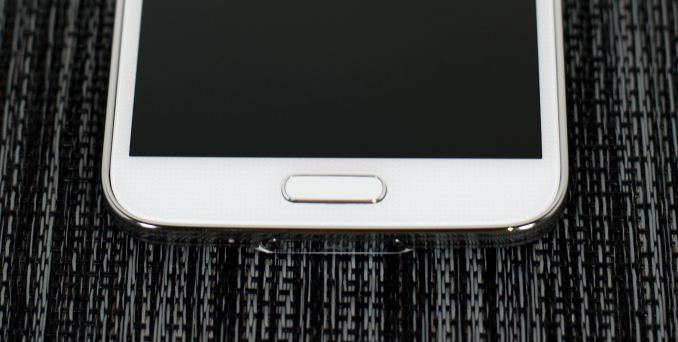
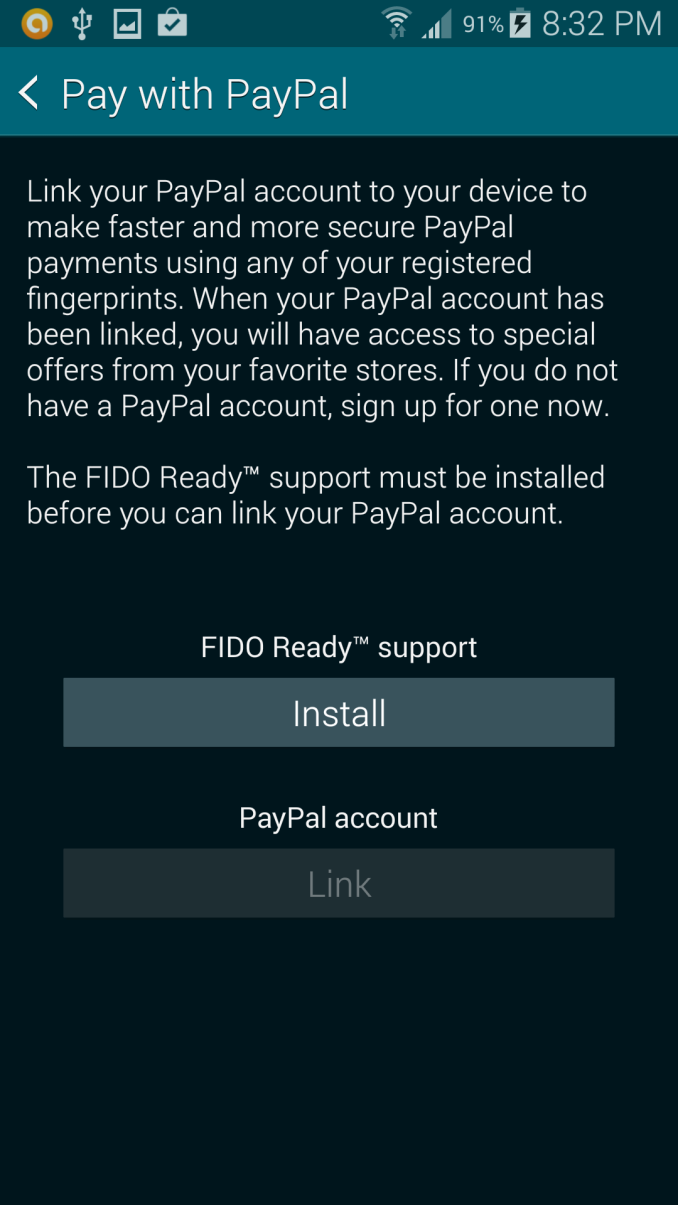
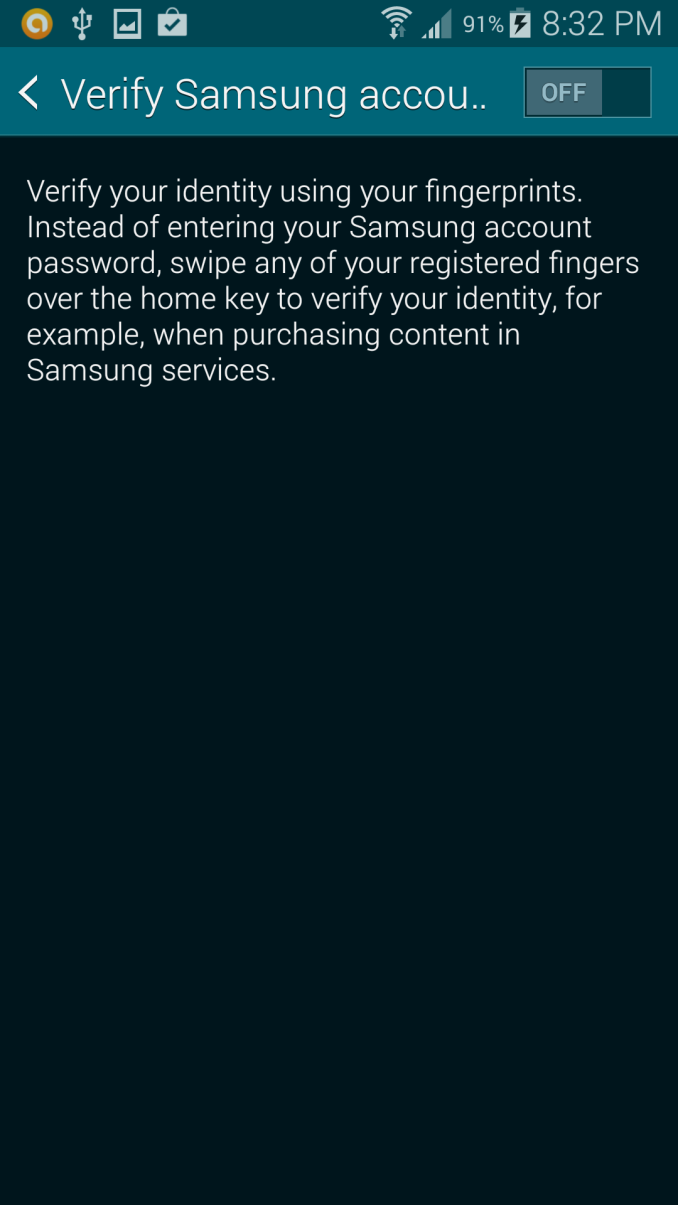
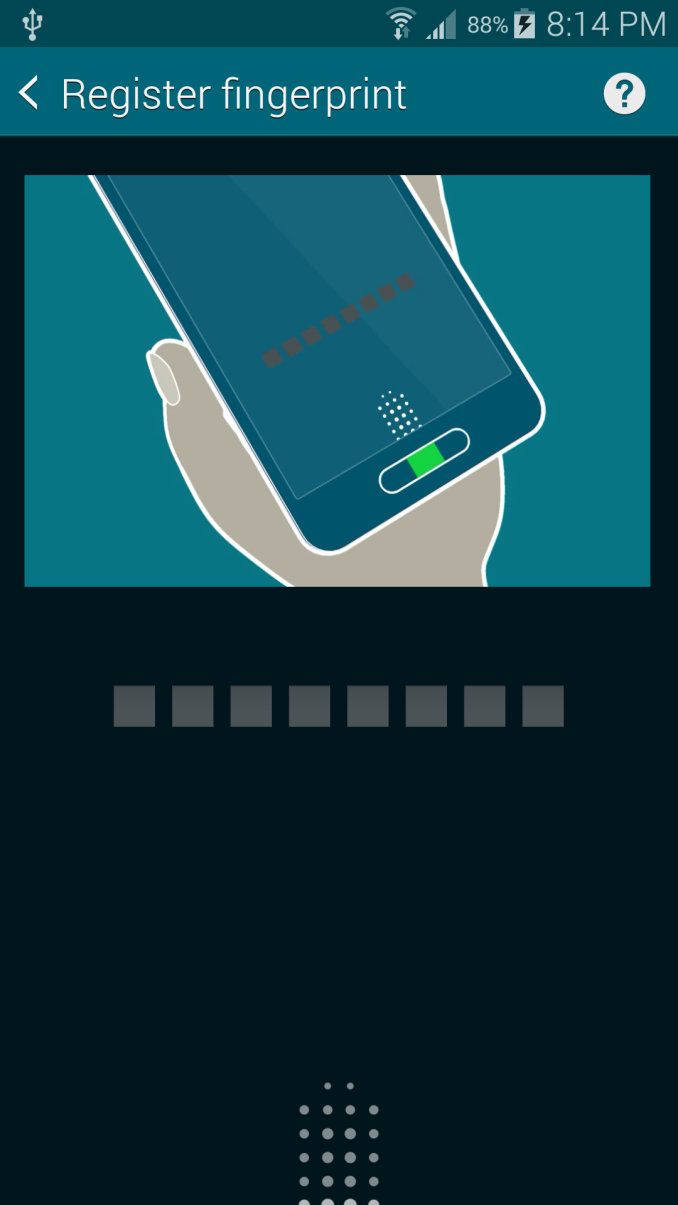
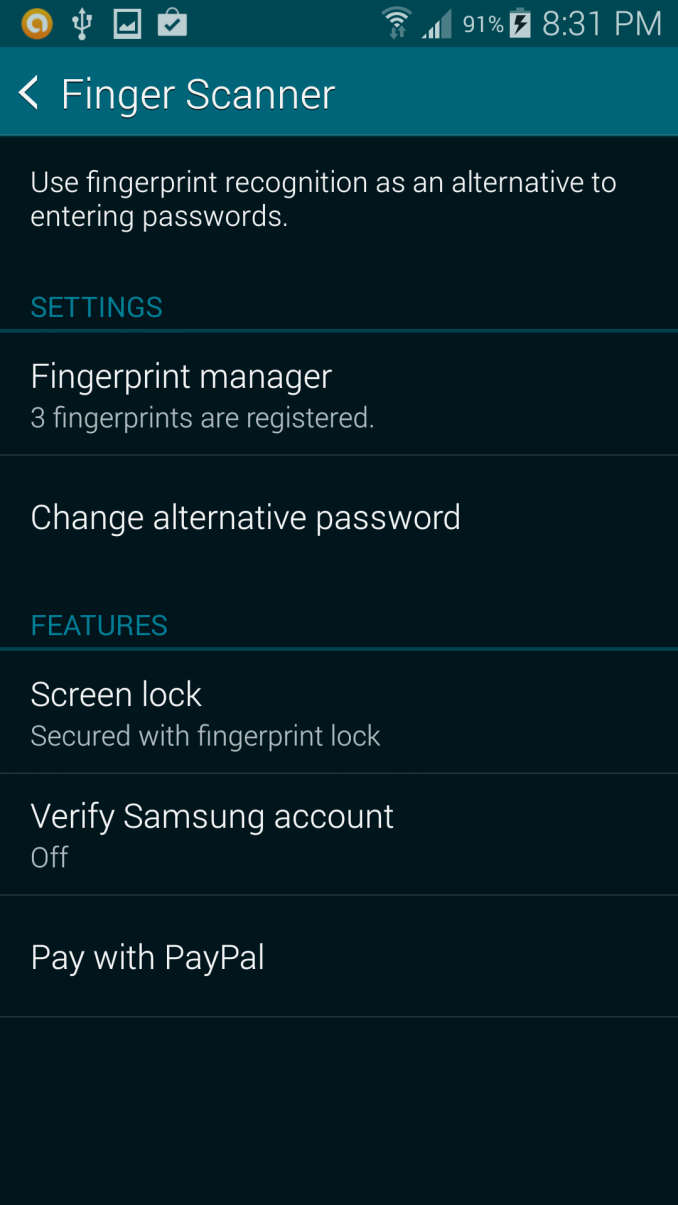








296 Comments
View All Comments
devione - Wednesday, April 9, 2014 - link
LG G2 = 143gGalaxy S5 = 145g
Xperia Z1 = 170g
HTC One M8 = 160g
Apple iPhone 5S = 112g
Sony Xperia Z1C = 137g
One Mini = 122g
Galaxy S4 Mini = 107g
I think the Z1C stacks up pretty well, considering it punches well above its weight compared to the competiton.
doobydoo - Friday, April 11, 2014 - link
It doesn't, though. It's heavier and slower than a 5S. Larger, too.darkich - Tuesday, April 8, 2014 - link
Superior review, Anand!I'd really like to hear what Raymond Soneira would have to say about your display measurements
dishayu - Tuesday, April 8, 2014 - link
"I find that pretty much all the flagships offer some set of tradeoffs that prevent any one from being the perfect device (iPhone's screen size, GS5's materials, M8's camera). It's unfortunate because I'd really like to crown a single device the king of them all, but instead we're faced with a handful of differing optimization points."Try Xperia Z2. I don't really see any significant negative points with that device.
tipoo - Tuesday, April 8, 2014 - link
Is there a way for you guys to test the display touch latency, as shown here? I'm interested in this, the M8 and the Note 3 before it finally made Android phones faster than the iPhones touch latencyhttp://forum.xda-developers.com/showthread.php?t=2...
AnnonymousCoward - Sunday, April 13, 2014 - link
Yes, I agreeHangFire - Tuesday, April 8, 2014 - link
I'm glad to see more testing of the cameras and screens, it is too bad the M7 wasn't represented in the screen shots, as it is a very high density screen. I realize you can't test everything and a last-gen phone is not high on the priority list. On that note there is no excuse for no including a Nokia in the camera tests. My better half's 1520 cam makes this M7 user cry, it is that awesome, and that's not even Nokia's best.ΔrNTA - Tuesday, April 8, 2014 - link
Am I wrong in saying untill Qualcomm start making the SnapDragon 805, all phones exept the obvious one are already out of date until next year?kyuu - Tuesday, April 8, 2014 - link
Yes, you're wrong. The 64-bit thing is totally overblown. It's not going to make any practical difference until we get to a point where 4GB of RAM is a limiting factor in mobile devices. Which won't be for a long time.kyuu - Tuesday, April 8, 2014 - link
Oh wait, you said 805 not 808, my bad. 805 looks to be a largely incremental update, asides from the GPU. So yeah, in a sense I guess you're right. I don't think the difference is anything to be so concerned about that you'd delay a purchase for a half year or so over it, though.